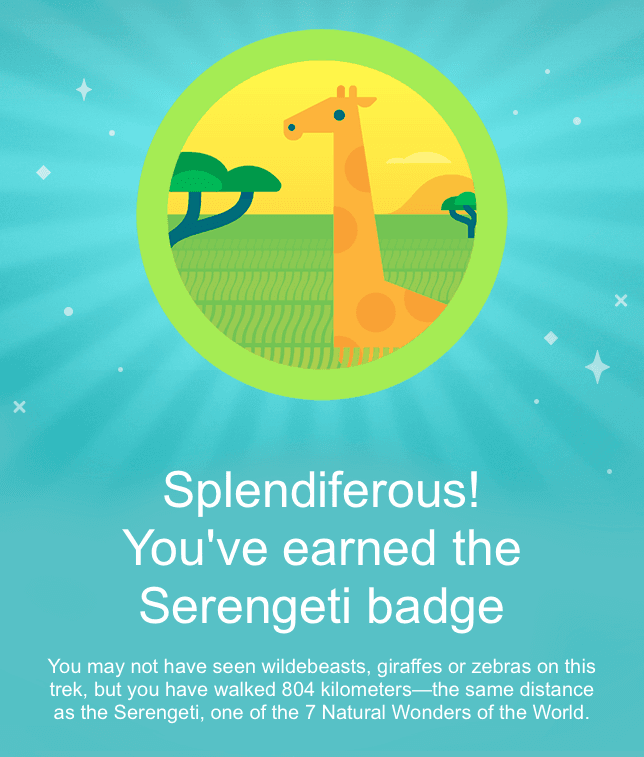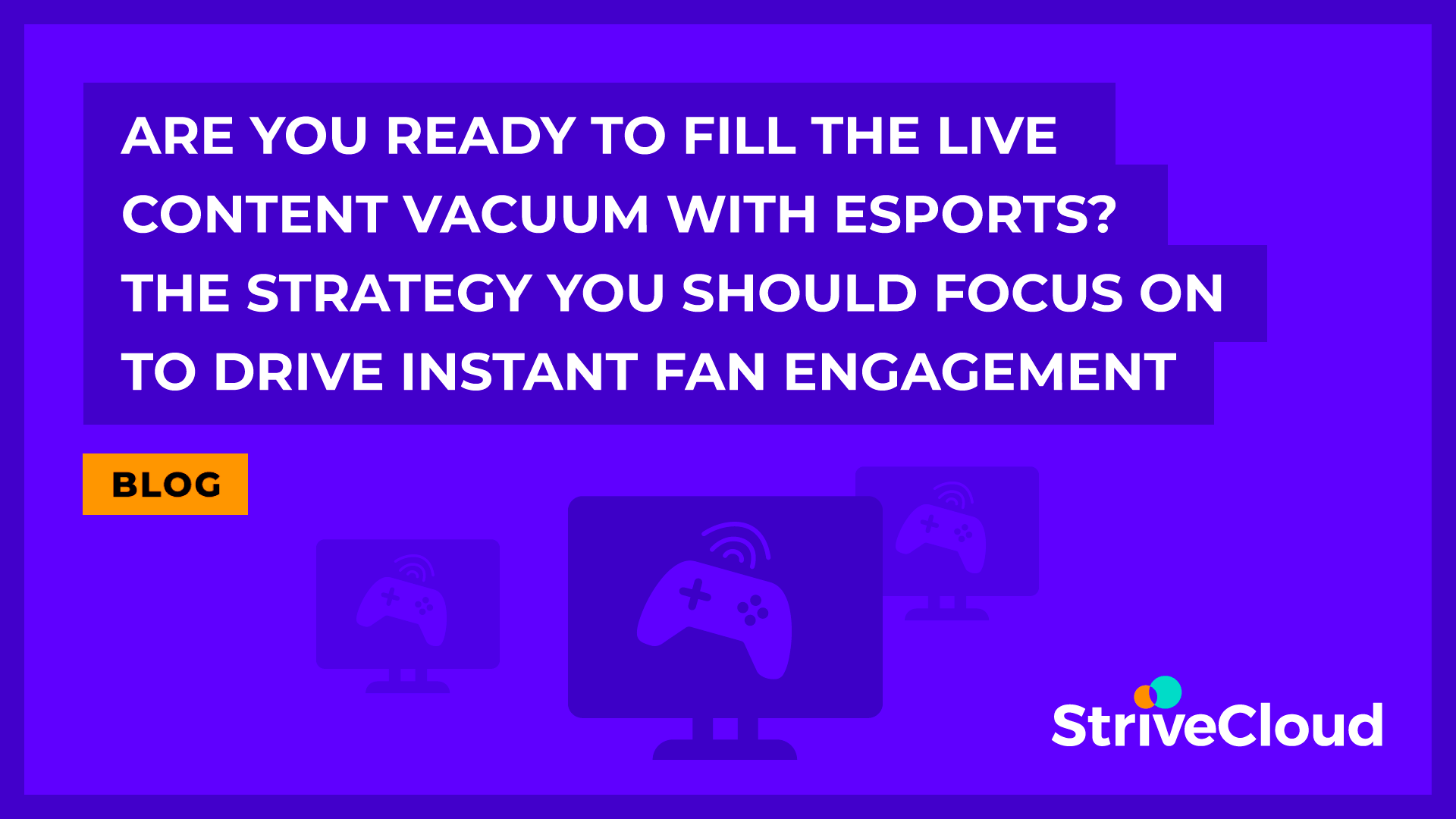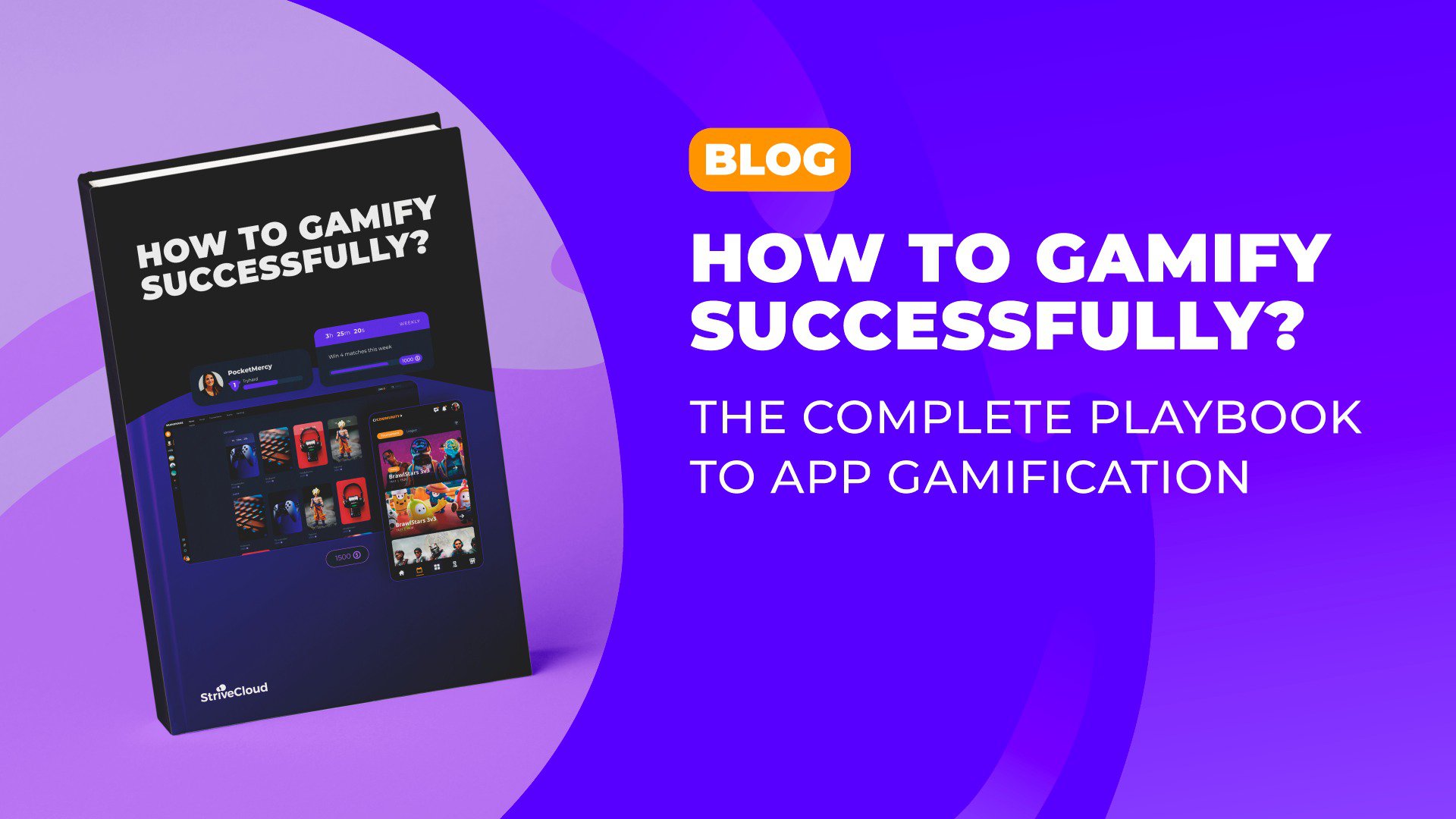

3 quick & easy ways to improve user retention on your mHealth app
3 quick & easy ways to improve user retention on your mHealth app
Most mHealth apps currently struggle to retain users past three months. In fact, churn is as high as 71% after only 90 days. This can be changed, though. Studies show that intrinsic motivation leads people to use mHealth apps daily.
mHealth apps that figure out user motivation will be at the top. After all, You don’t want to create an experience that feels just as strenuous as going to the hospital. You want to build an app that is fun and engaging to use! This is where gamification for apps comes in.
In this article, we’ll cover:
- How gamification for apps drives user motivation
- How to bring gamification for mHealth to life
- Fitbit as a prime example of mHealth gamification
- 3 steps to gamify your mHealth app
How gamification for apps drives user motivation
Gamification for apps relies on the science of motivation. Essentially, you leverage game elements and psychology to drive the user behaviors you want to see. It’s the secret behind some of the most engaging apps out there.
In order to get your user to take action, they need to feel motivated. Generally, there are two types of motivations to make this happen.
First, we have intrinsic motivation. This means the experience is enjoyable and satisfying in itself. Intrinsic motivation relies on emotion over rationality. It triggers these emotions through innate human desires or fears such as a need for achievement, desire to explore, and scarcity or avoidance.
On the other hand, you have extrinsic motivation. This is more rational and focuses on the end results rather than the experience itself. Some examples of extrinsic motivators in gamification for apps are points, badge reward systems, leaderboards, badges, and many more.
Extrinsic motivation is great to trigger users to take action, however, it’s not enough for long-term retention. The magic lies in creating the right mix between both motivations to sustain app engagement and drive positive behavior change.
Cover the basics of gamification on our ‘What is Gamification?’ page!
Here’s how to bring gamification for mHealth to life
Activate users through points & in-app currencies
In motivating users to accomplish their goals, points systems and in-app currencies can be invaluable tools. Points can give your users a sense of control, steering them towards their goals. It also triggers a desire to ‘collect’. These are their points, they earned them.
You can use points to level up users or redeem them for prizes. Take Sweatcoin for example. They reward users for their steps with an in-app currency that can be used to purchase anything from audiobooks to TVs.
Use badge reward systems & mini celebrations to reinforce good behavior
Badge reward systems help users track their progress and give them a benchmark to compare to. This provides feedback for the user and triggers a need for achievement and desire to collect. Fitbit for instance rewards its users for reaching milestones like the number of steps or completing pre-determined running tracks.
Research shows that badges and on-screen confetti are actually more effective and cheaper than cash prizes. Badges are a great way to push your users to strive for their goals, and you can grey out unlocked achievements for added motivation.

This example of a badge reward system demonstrates how visual achievements can effectively motivate users.
Turn boring experiences into purposeful work through storytelling & progress tracking
Storytelling can give what often feels like meaningless grunt work meaning. This is your intrinsic motivation: you want to achieve that goal. Measuring the progress towards that goal increases the chances of completion even further.
MySugr for instance, helps diabetes patients track their eating habits and sugar levels. For kids, MySugr Junior features a Tamagotchi-style monster that needs taming. This creativity makes what could be a dull journal into an exciting experience.
Use instant feedback & challenges to sustain long-term app engagement
For the elderly, unlike kids, perceived usefulness has a greater effect on behavior change than enjoyment. It must be clear how your app will help. Studies also show that those 65+ value accessibility, meaning your experience needs to be simple and tailored to your user.
For Fitbit, the perceived complexity of the wearable device is the main barrier to elderly adoption. But it can be done. Research shows 60% of older adults on Fitbit engaged daily with their Fitbit app after onboarding successfully. They even reported significant health benefits in just four weeks! All Fitbit had to do was incrementally add more value to the experience instead of blurring it out all at once.
Looking to drive user motivation on your mHealth app? Check out our app gamification platform!
Fitbit as a prime example of mHealth gamification
Speaking of Fitbit, they’re a model for successful mHealth gamification. If you’re unfamiliar with Fitbit, they’re a wearable fitness tracker that comes with an app. What’s great about the app is that it’s built to keep the Fitbit community motivated to work out and stay healthy.
Fitbit turned fitness into a fun and enjoyable experience! With over 31 million active users we can probably learn a thing or two from them. Here’s what Fitbit does to keep their users motivated:
Provide a clear goal or challenge. Fitbit wants you to walk 10,000 steps every day. Goal-driven design is crucial! It is simple to put a new user in motion and research shows it works. Letting people know the framework of their challenge is critical. Fitbit’s rule is simple: you walk, we count.
Let users track their progress. It’s important to give users perspective. Let them look back, and forth with knowledge as to what they have achieved, and how long until they reach the next goal. Fitbit measures progress through statistics that are updated live. The great thing is users get to see how every little effort adds up over time.
Add an element of exploration. One way Fitbit does this is by ‘scaffolding’. This means they unlock new features one by one. This way you eliminate user confusion and keep the app experience feel exciting and new. You can use notifications to move your users to the next step.
And lastly, reward the users with unexpected elements! Receiving the ‘Serengeti’ badge, which tells you when you’ve walked the length of the Serengeti trail, gives users a feeling of accomplishment. Fitbit also lets you earn points to rank on leaderboards.

Fitbit's interface provides clear progress tracking, which is a key element in successful mHealth gamification.
3 easy steps to gamify your mHealth app
Reaping the benefits of gamification for apps means crafting a short action plan. Remember, your goal is to unlock user motivation. Follow these three easy steps to get started:
Step 1: Identify the key milestones linked to data on your app
Visualize your user journey and its touchpoints. These points are data-based, such as how often someone uses your app or the number of clicks or goals your users achieve. For example, reaching a certain number of steps. Setting a goal is the best way to get your user moving.
Step 2: Add game-like elements to boost user motivation & app engagement
Show a user how they’re progressing towards their goals. Not only will it drive them to complete goals faster, but it will also discourage giving up. Motivational science shows people have a harder time quitting a goal, once they’ve already made substantial progress towards it.
Popular ways to reward app engagement are to reward those who use the app daily with streaks. You can even add wagers like Duolingo, which boosted their user retention by 14%! Additionally, you can allow users to unlock more content like avatar customizations, or create levels and progress trackers.
Step 3 - Send contextual notifications to keep users engaged towards their goals
A crucial word here is contextual. Push and email notifications are interruptive and take place in cluttered environments. However, used correctly, they are extremely powerful. Sending just a single push notification in a user’s first week can boost user retention by 71%.
Notifications show the user whether what they’re doing is good or bad. It triggers the need for feedback and a feeling of empowerment every time you get one.
How to get started with gamification? Get a free consultation today and we’ll show you what steps to take!
Recap
71% of mHealth app users leave after only 90 days. Luckily, it can be stopped! Research shows an uptick in user motivation can boost retention significantly. With gamification for apps, you can turn your mHealth app into an enjoyable experience that helps users achieve their goals!
Two types of motivation
Generally speaking, there are two types of motivations that make users take action. First, you have intrinsic motivation. This relies on emotions and human desires such as a need for achievement, empowerment, and avoidance.
Secondly, you have extrinsic motivation. This is triggered by potential outcomes such as the promise of rewards such as points, badges, and even leaderboard rankings. The real value comes from combining these two motivations to drive sustainable app engagement.
How to motivate users with gamification
Adding game elements to your app boosts user motivation and retention. By using rewards or milestones you trigger users into taking action. It helps you to drive the behaviors that you want to see!
Fitbit for instance uses progress bars to drive the innate desire for progress. It helps them drive up goal completion and motivation.
3 steps to gamify your app
Want to get started with gamification for apps? Here are 3 steps to get moving:
Step 1: Link milestones to important moments in your app - Setting clear goals helps your user to take action. It eliminates confusion and shows them what the next steps are.
Step 2: Add game elements to boost user motivation - You get to reward users for taking action on your app and keep them engaged by visualizing their progress.
Step 3: Keep your user moving in the right direction with contextual notifications - Reinforce good behavior or correct mistakes. By giving the user feedback tailored to them, you empower them to achieve their goals faster!

Following these steps can help turn your mHealth app into a highly engaging and retentive experience for your users.
Related Posts

Fill the live content vacuum with esports - digital engagement
The shortage of sports content due to the corona breakout is asking broadcasters sport organizations and brands to get creative in capturing attention. We’ve seen reruns of all-time classics and viral social media challenges by star athletes. During these times esports are still standing. Lots of organizations are turning to this fast growing media branch as a solution to bring fan engagement online without any live competitions going on.

How do you gamify successfully? The complete playbook to app gamification
How do you make people return to your app? Try app gamification! A gamified app builds interactive experiences that can hook users! Simply put, you can define gamification as the use of game-like features in non-game contexts. How does it work? Find out everything you need to know in our complete playbook!

